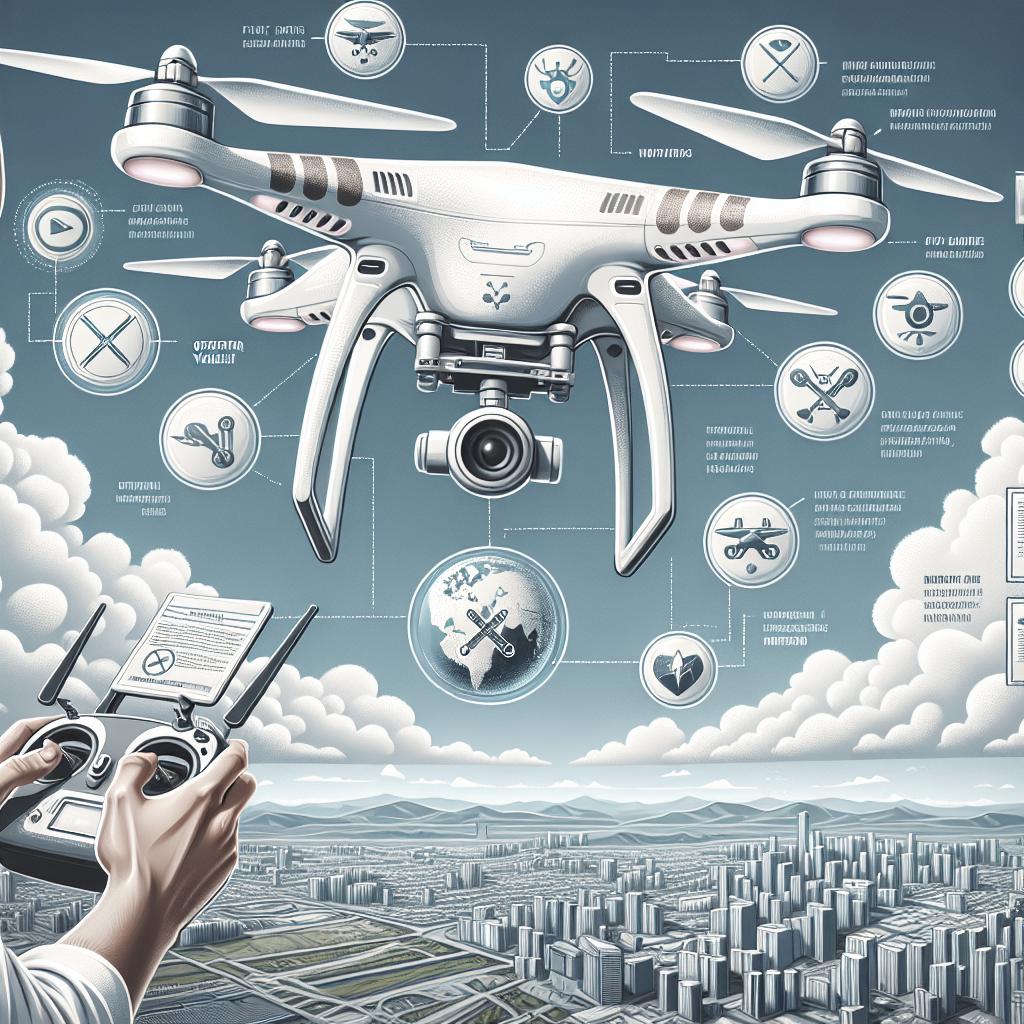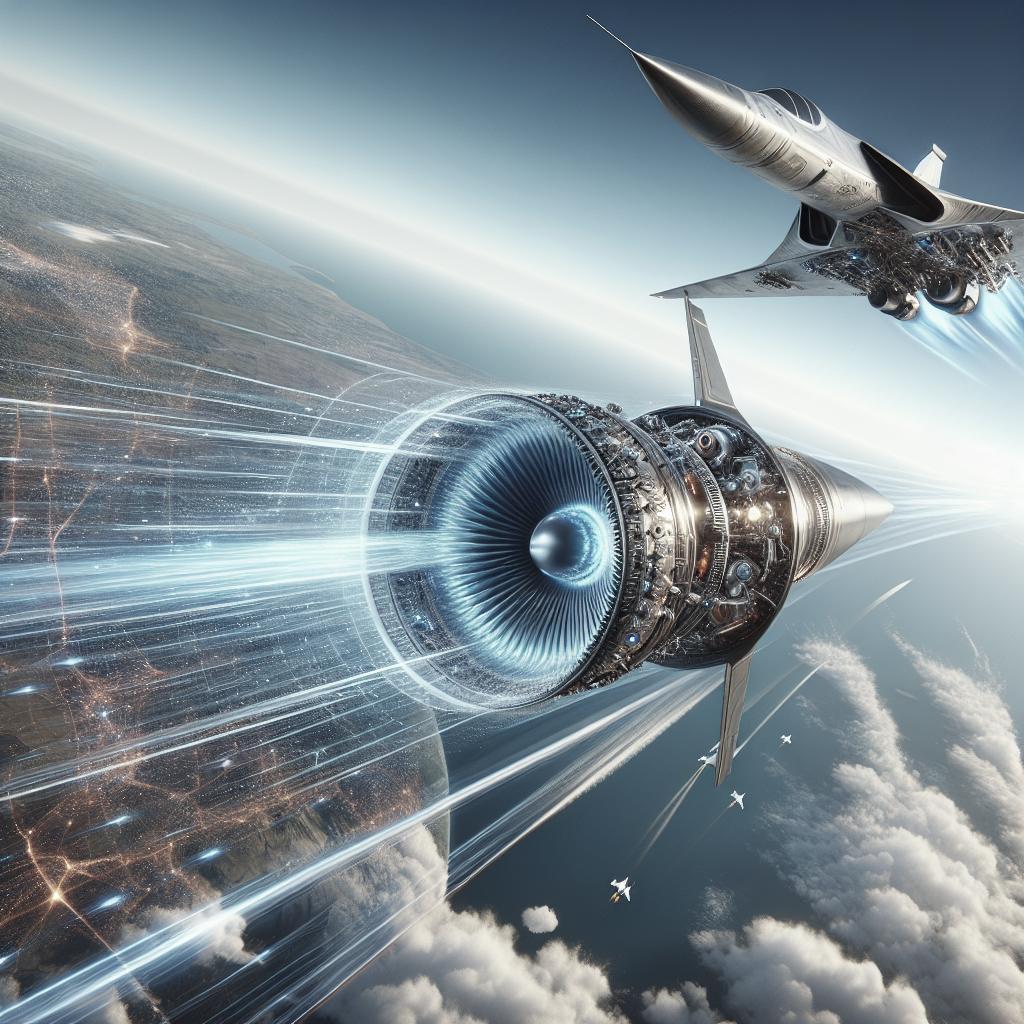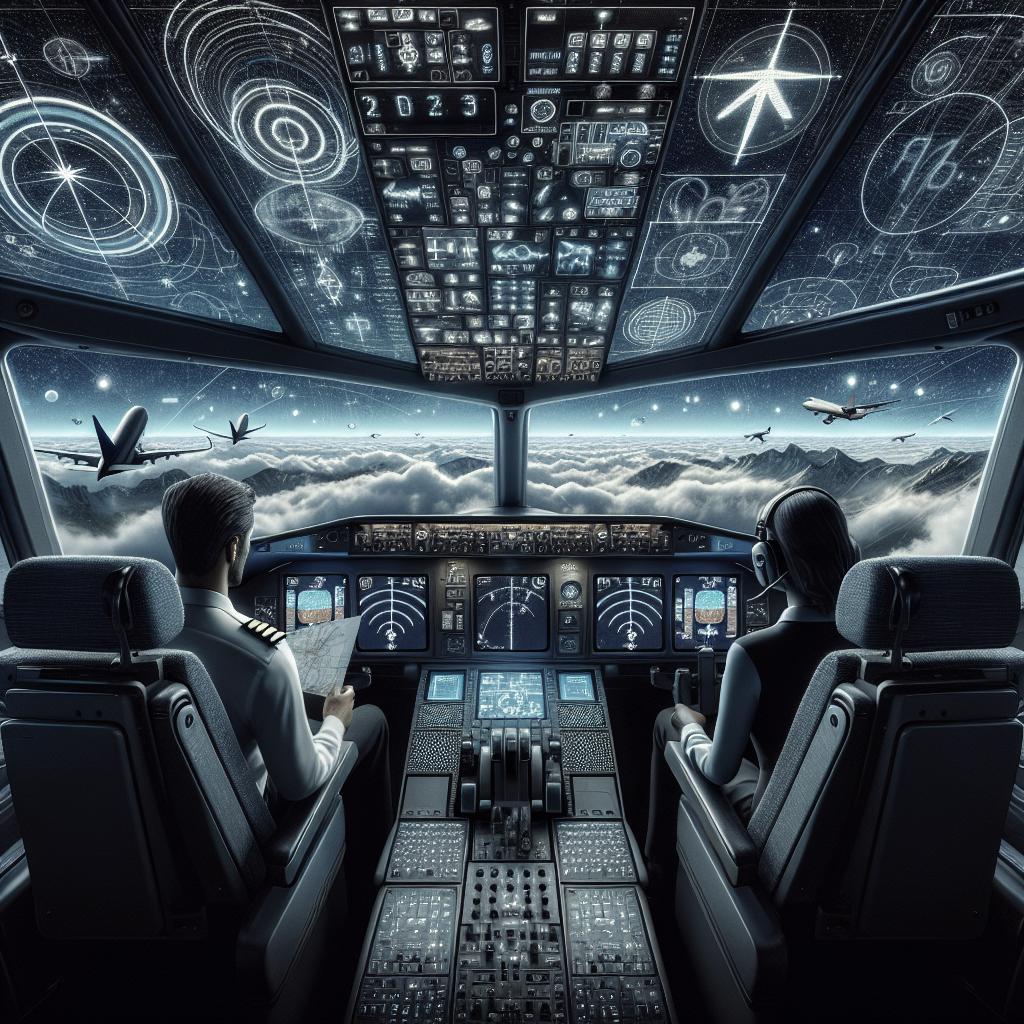Regulations for Drone Usage
With the rapid advancement in drone technology, these flying marvels have found applications in several fields including photography, agriculture, and surveillance. However, the widespread use of drones raises concerns about safety, privacy, and security—prompting legal frameworks to ensure their proper use. In this blog post, we will discuss important regulations governing drone operations. You will learn about the legal requirements of flying drones, safety measures to consider, potential penalties for non-compliance, and some useful terminology common in this realm.
On this page
In this section, we provide an overview of what you will find on this page:
- Legal requirements when flying drones, including respect for other laws.
- Safety guidelines, detailing who can fly and procedures before and while flying.
- Possible penalties for not adhering to regulations, for both individuals and corporations.
- Glossary of useful terms associated with drone usage.
- Additional resources and links related to drone regulations.
Legal requirements when flying drones
Drone users must adhere to specific legal requirements that vary depending on the jurisdiction. Typically, these regulations are in place to ensure that drones are flown safely and responsibly. For example, most regions require drone registration for unmanned aircraft systems (UAS) over a certain weight. Additionally, operators are often required to hold appropriate certifications or permits, particularly those who use drones for commercial purposes.
Each country or region may also impose restrictions on where drones can be flown. Commonly restricted areas include airports, military bases, and densely populated urban areas. Moreover, it’s often mandated for drone operators to maintain visual-line-of-sight (VLOS) during flight. Adhering to these regulations helps prevent accidents and minimizes interference with other aircraft.
Respect all other laws
Drone operators should be conscious of laws beyond aviation regulations. Drones equipped with cameras pose privacy issues; therefore, it’s crucial to respect privacy laws and avoid capturing images or videos without consent, especially in residential areas. Additionally, operators must ensure they are respecting intellectual property rights while flying over properties with proprietary assets.
Environmental regulations are another consideration. Flying in protected areas, such as national parks, can disturb wildlife, so operators should check if permits are needed or if flights are prohibited. Being aware of and respecting all applicable laws not only prevents legal hassles but also promotes responsible drone usage.
Fly your drone safely
The safety of people, property, and manned aircraft is paramount when operating drones. Adhering to safety guidelines ensures that drones do not pose any risk to their surroundings. These guidelines are essential whether you’re a hobbyist or a professional pilot.
Who can fly
Eligibility to fly a drone usually depends on various factors, including age and training certification. Many jurisdictions require operators to be at least 16 years old and to have passed specific knowledge tests. In cases of commercial use, more advanced training or certifications may be necessary.
Moreover, individuals with a criminal record involving aviation or misuse of drones might be restricted from flying in certain jurisdictions. While specific criteria can vary, ensuring operators meet eligibility requirements is crucial for safe drone operations.
Before you fly
Preparation before flying is essential in reducing risks and ensuring a successful flight. Prior to launching a drone, operators should check the weather conditions, as unfavorable weather like strong winds or rain can affect flight performance. A pre-flight inspection of the drone ensures that the equipment functions correctly.
It is also important to plan the flight path to avoid restricted spaces or densely populated areas, and to notify any affected parties like property owners or air traffic control when applicable. Being well-prepared helps mitigate unforeseen issues during drone flights.
While flying
While in operation, drones should be kept within visual-line-of-sight unless special permissions for beyond-visual-line-of-sight (BVLOS) flights have been obtained. Maintaining a safe altitude and distance from bystanders is important to avoid disturbances or accidents.
Operators should also continuously monitor the drone’s surroundings and battery life, ensuring a contingency plan is in place to safely land the drone in case of emergencies. Safe practices ensure not only compliance with regulations but also the wellbeing of the operator and others around them.
Penalties
Failing to comply with drone regulations can lead to significant penalties. These penalties vary depending on the nature and severity of the violation but underscore the importance of adhering to established rules.
Fines for individuals
For individual operators, penalties might involve steep fines, especially if flying without the necessary permits or into restricted no-fly zones. Fines can range from a few hundred to several thousand dollars, depending on the offense and jurisdiction. In severe cases, offenders might face criminal charges or imprisonment, particularly for endangering public safety or property.
It’s crucial for operators to be aware of their local regulations and remain compliant to avoid these harsh penalties. Regularly reviewing legal updates in drone legislation helps in staying informed of any changes or new requirements.
Fines for corporations
For corporations employing drones in their operations, penalties for non-compliance can have substantial financial repercussions. Depending on the nature of the infringements, corporate fines can be considerably higher than those for individuals, reflecting the greater risk and liability involved.
In addition to fines, corporations might face operational halts, reputational damage, and legal action. To avoid such outcomes, businesses should ensure that all drone operations are conducted within the legal framework, with regular training for pilot certifications and operational checks.
Useful terms to know
Understanding common terminologies in drone regulations is essential for operators. The following terms are frequently used in the context of drone operations.
Drone and Remotely Piloted Aircraft System (RPAS)
The term ‘drone’ refers broadly to any unmanned aircraft, while ‘Remotely Piloted Aircraft System’ (RPAS) specifically indicates a drone piloted from a remote station. Both terms are often used interchangeably, but RPAS suggests a more formal and regulated context, especially in aviation and legal documents.
Knowing the difference and the appropriate context for each term can aid in understanding regulations that might apply exclusively to RPAS versus other forms of unmanned aerial vehicles (UAVs).
Visual-line-of-sight (VLOS)
VLOS pertains to the requirement for drone operators to maintain direct visual contact with their aircraft throughout the flight. This condition helps ensure safe operation by allowing the pilot to avoid obstacles and react to unforeseen events.
Permits for flying beyond the visual-line-of-sight (BVLOS) are available but often require additional approval and safety measures. Understanding VLOS requirements is crucial for safe and compliant drone operation.
Bystander
The term ‘bystander’ usually refers to individuals who are not involved in the operation of a drone but are present in the vicinity where the drone is being flown. Regulations often stipulate a minimum distance that must be maintained between the drone and bystanders to ensure their safety.
Operators must always be vigilant about the presence of bystanders and adjust flight paths accordingly to prevent any risk or discomfort to those unknowingly exposed to drone activities.
Related links
-
Federal Aviation Administration (FAA) UAS Regulations
-
European Union Aviation Safety Agency (EASA) Drone Information
-
UK Civil Aviation Authority Drone Guidance
-
Civil Aviation Safety Authority (Australia) Drone Rules
Summary of main points
| Section | Main Points |
|---|---|
| Legal requirements when flying drones | Drone registration and operator permits are typically required; restrictions are in place for sensitive areas. |
| Fly your drone safely | Safety involves understanding eligibility, pre-flight checks, and maintaining VLOS. |
| Penalties | Non-compliance penalties can range from fines to criminal charges for individuals and corporations. |
| Useful terms to know | Understanding terms like RPAS, VLOS, and bystander is crucial for navigation through regulations. |


